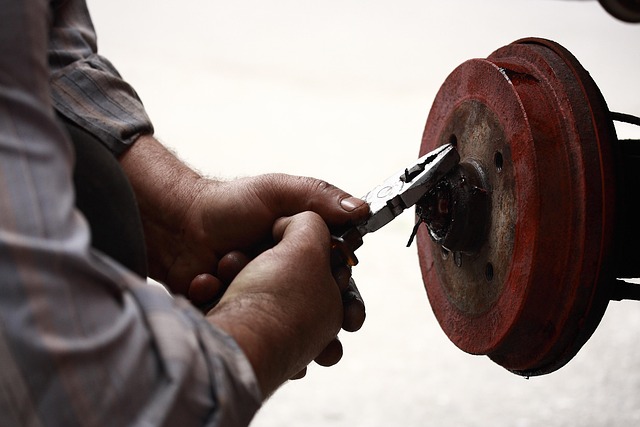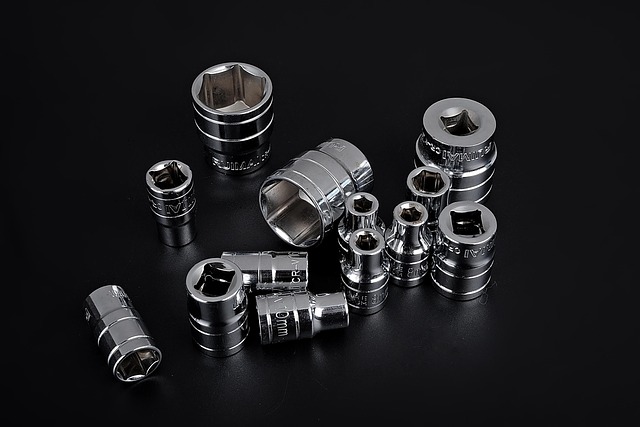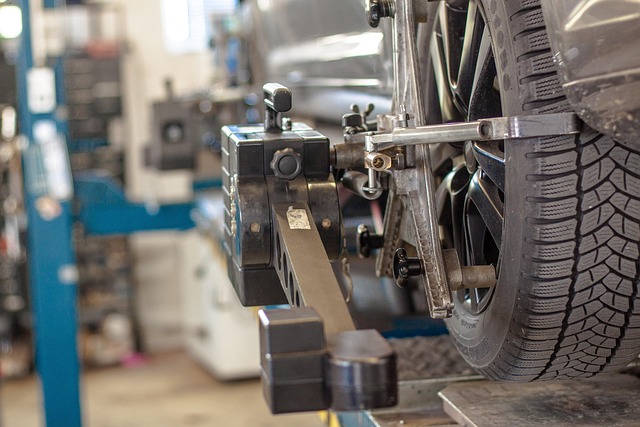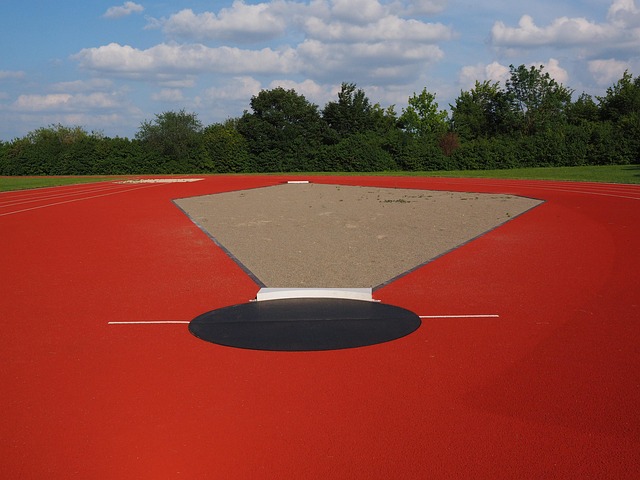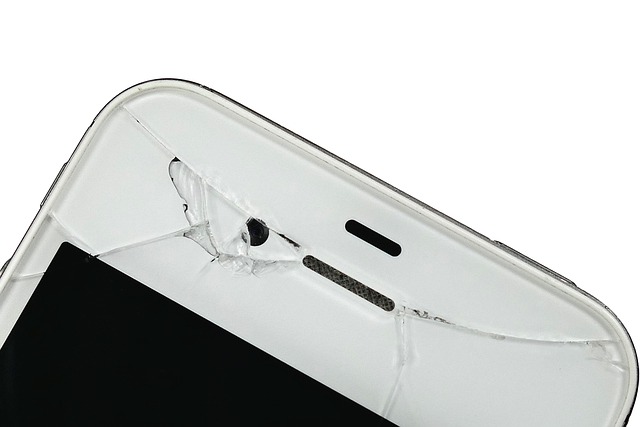Tesla's rigorous repair quality control process is a key factor behind its commitment to excellence. Specialized technicians employ advanced tools for meticulous inspections at every stage, from parts selection to final assembly, ensuring each vehicle meets high standards for performance, safety, and aesthetic appeal. Common issues like misaligned frames, inconsistent paint, and subpar assembly are addressed through specialized knowledge, regular training, and advanced diagnostic equipment in authorized service centers. To maintain and enhance repair quality control, centers prioritize comprehensive technician training, standardized procedures, advanced tools, and regular quality checks by experienced supervisors, cultivating a culture of continuous improvement for optimal customer satisfaction.
Tesla vehicles, renowned for their cutting-edge technology, require specialized care. However, issues with repair quality control have emerged as a concern among owners. This article delves into the intricacies of Tesla repair quality control, highlighting common problems and offering solutions to ensure superior service. From understanding the fundamentals to implementing effective strategies, we provide a comprehensive guide on improving and maintaining high standards in Tesla service centers, addressing critical aspects of vehicle repairs for a reliable and satisfying ownership experience.
- Understanding Tesla Repair Quality Control: The Basics
- Common Issues and Failures in Tesla Vehicle Repairs
- Strategies for Improving and Ensuring Quality Control in Tesla Service Centers
Understanding Tesla Repair Quality Control: The Basics

Tesla repair quality control is a critical process designed to ensure that every vehicle leaving their facilities meets the brand’s high standards and delivers the exceptional performance and safety expected by Tesla owners. It involves a meticulous series of checks and inspections at various stages of the repair process, from parts selection to final assembly. This rigorous protocol aims to identify and rectify any deviations from specifications, ensuring each car is in optimal condition before it hits the road.
At the core of this quality control system are specialized technicians trained to recognize even the subtlest imperfections. They employ advanced tools and techniques, such as computer-aided measurements for precise alignment and paint analysis for color consistency, to verify the accuracy of repairs. This includes critical areas like frame straightening, panel fitting, and finish work, including dent removal and paint restoration, which are crucial for maintaining the vehicle’s aesthetic appeal and structural integrity. Effective quality control not only guarantees customer satisfaction but also plays a vital role in maintaining Tesla’s reputation for innovative, high-quality vehicles.
Common Issues and Failures in Tesla Vehicle Repairs
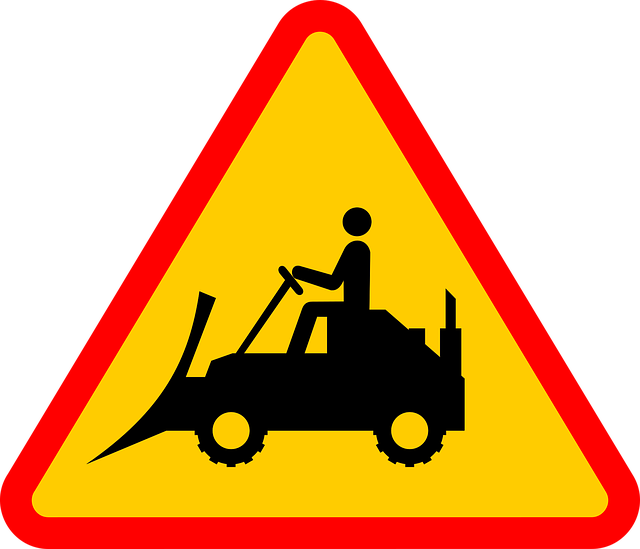
Tesla vehicles are renowned for their cutting-edge technology and innovative design, but like any other car, they’re not immune to repair issues. Common problems in Tesla vehicle repairs include misaligned frames, inconsistent paint jobs during auto body restoration or auto body work, and subpar quality control in assembly. These issues can stem from various factors, such as manufacturing defects, improper handling during service procedures, or the use of inferior parts.
In some cases, owners have reported problems with electrical components, software glitches, and battery degradation—all of which require specialized knowledge and tools for effective fixes. To address these Tesla repair quality control failures, authorized service centers implement rigorous quality assurance protocols. They employ trained technicians who utilize advanced diagnostic equipment to identify issues accurately. Moreover, regular training sessions on the latest Tesla models ensure that the team stays updated with the brand’s evolving technology, thereby enhancing the overall quality of auto body services and repairs.
Strategies for Improving and Ensuring Quality Control in Tesla Service Centers
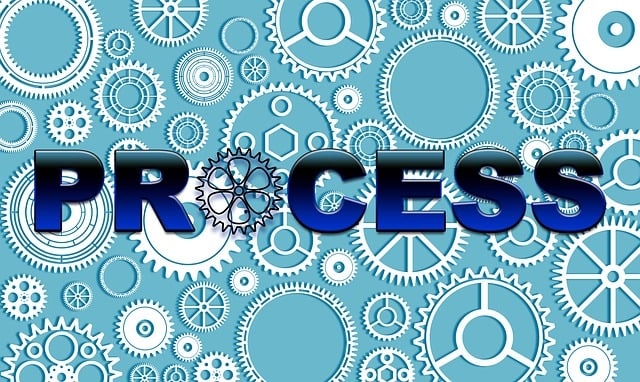
To improve and ensure Tesla repair quality control, service centers must implement robust strategies that address every step of the vehicle repair process. This starts with thorough training for technicians on the latest Tesla models and industry standards, ensuring they stay updated with the evolving technology. Standardized procedures and clear protocols should be established for each repair task, from initial inspection to final road test. Utilizing advanced diagnostics tools can help in accurately identifying issues, which is crucial for effective repairs.
Additionally, regular quality checks by experienced supervisors or Quality Assurance (QA) teams are essential. These inspections should not only verify the technical accuracy of repairs but also assess the use of genuine Tesla parts and adherence to environmental standards. Fostering a culture of continuous improvement within the service center can drive ongoing enhancement of repair processes, ultimately leading to better customer satisfaction and reduced risk of quality control failures in auto body shops or automotive collision repair facilities.
Tesla repair quality control is a multifaceted challenge, with common issues stemming from a variety of factors. However, by implementing effective strategies focused on training, standardized procedures, and continuous improvement, Tesla service centers can significantly enhance their repair quality control. Adopting best practices ensures customer satisfaction and maintains the integrity of Tesla’s reputation for innovative, high-quality vehicles. By prioritizing consistent and meticulous repair work, these centers can address past failures and set new standards in the industry.
